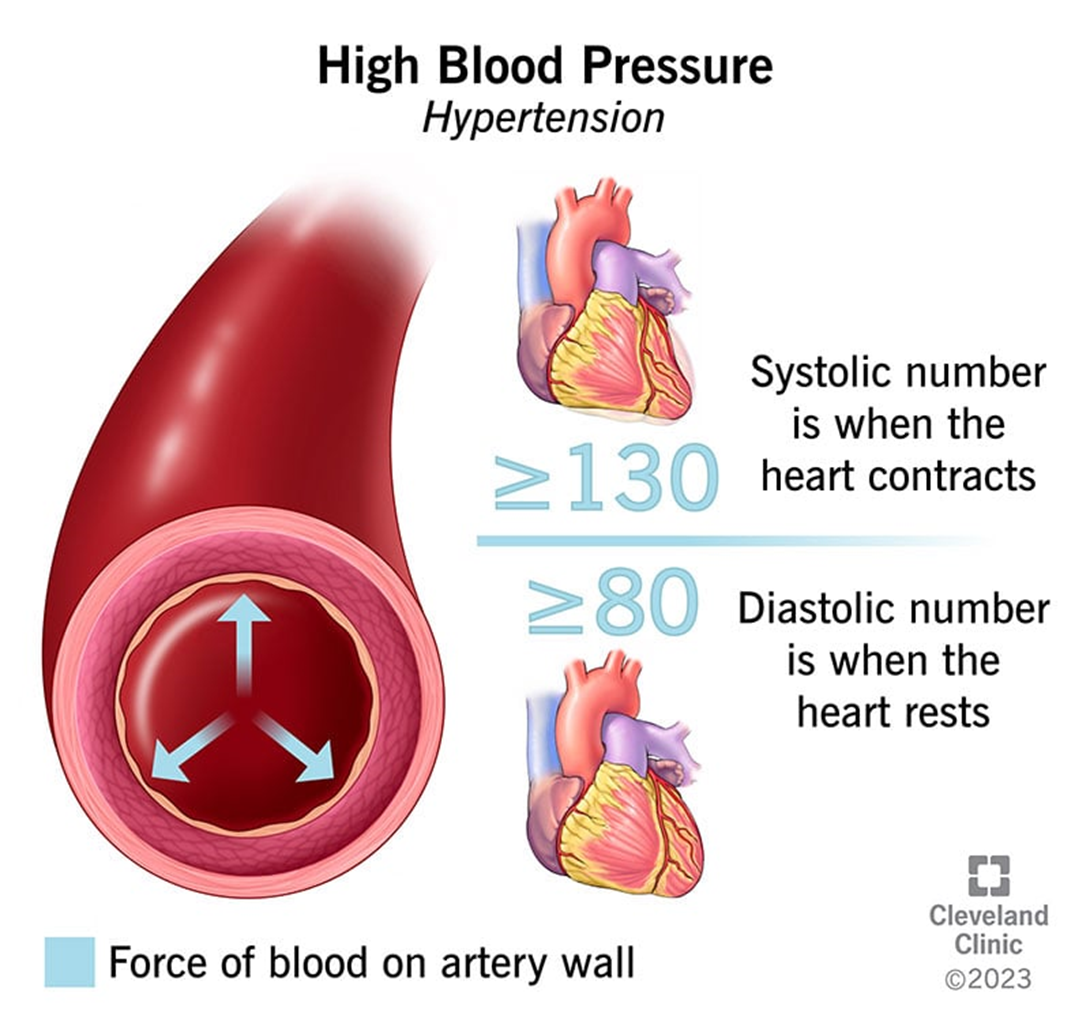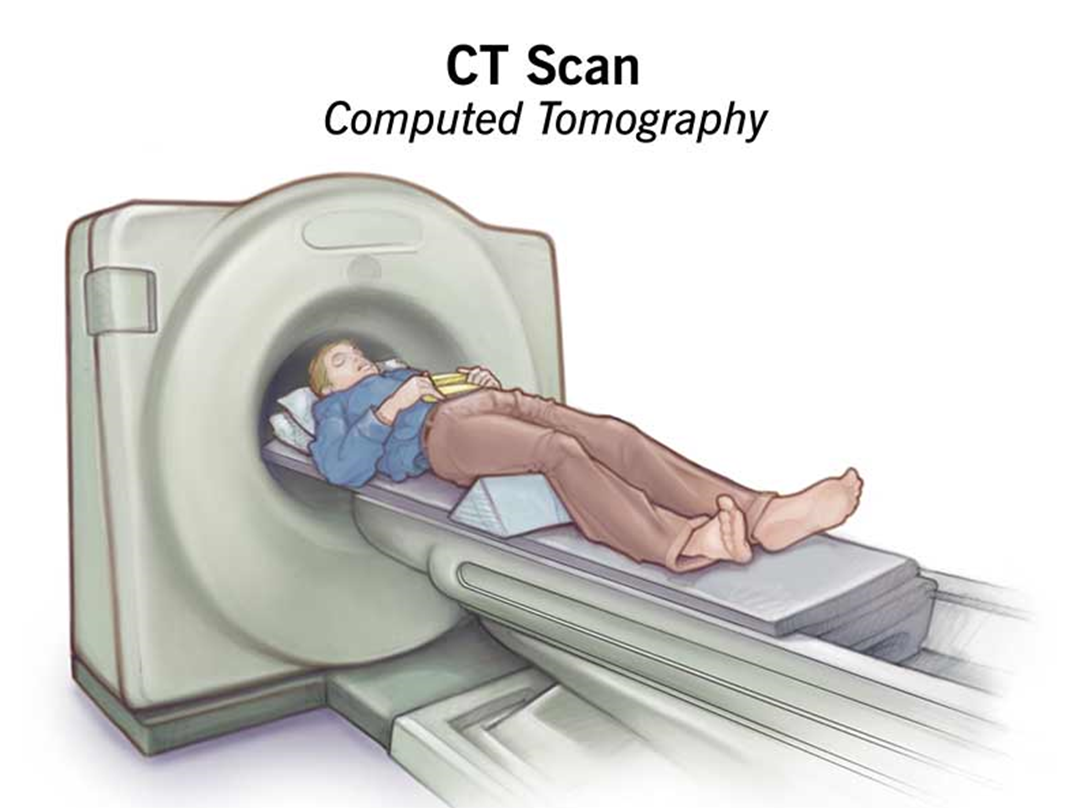Which laboratory results should the nurse closely monitor in a client who has end-stage renal disease (ESRD)?
Blood pressure, heart rate, and temperature.
Leukocytes, neutrophils, and thyroxine.
Serum potassium, calcium, and phosphorus.
Erythrocytes, hemoglobin, and hematocrit.
The Correct Answer is C
Choice C reason: serum potassium, calcium, and phosphorus are electrolytes that can be affected by ESRD. ESRD is a condition in which the kidneys lose their ability to filter waste products and excess fluids from the blood. This can cause electrolyte imbalances that can lead to serious complications, such as cardiac arrhythmias, bone disorders, or metabolic acidosis. The nurse should closely monitor these electrolytes and report any abnormal values.
Choice A reason: blood pressure, heart rate, and temperature are vital signs that are not specific to ESRD. Vital signs can be influenced by many factors and may not reflect the severity of kidney damage. The nurse should monitor vital signs regularly, but not as closely as electrolytes.
Choice B reason: leukocytes, neutrophils, and thyroxine are not laboratory results that are directly related to ESRD. Leukocytes and neutrophils are types of white blood cells that are involved in immune response and inflammation. Thyroxine is a hormone that regulates metabolism and growth. These laboratory results may be altered by other conditions or medications, but not by ESRD.
Choice D reason: erythrocytes, hemoglobin, and hematocrit are laboratory results that measure the red blood cell count and oxygen-carrying capacity of the blood. These laboratory results may be decreased in ESRD due to anemia, which is a common complication of chronic kidney disease. However, anemia is not as life-threatening as electrolyte imbalances and can be treated with erythropoietin injections or iron supplements.
Nursing Test Bank
Naxlex Comprehensive Predictor Exams
Related Questions
Correct Answer is ["B","C","D","F"]
Explanation
Choice B reason: sodium intake can be regulated by limiting canned foods in the diet. Canned foods often contain high amounts of sodium as a preservative, which can increase blood pressure and fluid retention. The nurse should advise the client to choose fresh or frozen foods instead of canned foods or rinse them before eating.

Choice C reason: salt substitutes can help with maintaining a healthy diet by reducing sodium intake. Salt substitutes are products that contain potassium chloride or other ingredients that mimic the taste of salt but have less or no sodium. The nurse should advise the client to use salt substitutes sparingly and check with their healthcare provider before using them if they have kidney problems or take certain medications.
Choice D reason: weight management is promoted by taking daily walks for thirty minutes. Being overweight or obese can increase blood pressure and strain the heart and blood vessels. The nurse should advise the client to lose weight or maintain a healthy weight by engaging in regular physical activity and eating a balanced diet.
Choice F reason: uncontrolled hypertension can lead to renal damage. High blood pressure can damage the blood vessels in the kidneys and impair their function, leading to chronic kidney disease or failure. The nurse should advise the client to monitor their blood pressure regularly and take prescribed medications as directed.
Choice A reason: alcohol consumption can produce vascular changes that increase blood pressure. Alcohol can cause vasodilation, which lowers blood pressure temporarily, but also stimulates the sympathetic nervous system, which raises blood pressure over time. The nurse should advise the client to limit alcohol intake to no more than one drink per day for women and two drinks per day for men.
Choice E reason: blood pressure readings should not be taken at noontime. Blood pressure readings should be taken at the same time each day, preferably in the morning before breakfast or in the evening before dinner, when blood pressure is usually lower and more stable. The nurse should advise the client to avoid taking blood pressure readings when they are stressed, anxious, or have just exercised or eaten.
Correct Answer is D
Explanation
Choice A reason: Securing chest tube to the stretcher for transport is a good practice, but it is not the most important action. The chest tube should be secured to prevent accidental dislodgement or kinking, but it does not affect the function of the chest tube or the drainage system.
Choice B reason: Administering PRN pain medication prior to transport is a compassionate action, but it is not the most important action. The client may experience pain due to the chest tube, the intubation, or the underlying condition, but pain relief is not a priority over maintaining adequate ventilation and drainage.
Choice C reason: Marking the amount of chest drainage on the container is a useful action, but it is not the most important action. The amount of chest drainage should be recorded and reported to monitor the client's status and detect any complications, such as hemorrhage or infection, but it does not affect the immediate function of the chest tube or the drainage system.
Choice D reason: Keeping chest tube container below the site of insertion is the most important action for the nurse to take. The chest tube container should be kept below the level of the client's chest to maintain a gravity-dependent pressure gradient that allows air and fluid to drain from the pleural space. If the container is raised above the site of insertion, it can cause backflow of air or fluid into the pleural space, which can compromise ventilation and cause tension pneumothorax.

Whether you are a student looking to ace your exams or a practicing nurse seeking to enhance your expertise , our nursing education contents will empower you with the confidence and competence to make a difference in the lives of patients and become a respected leader in the healthcare field.
Visit Naxlex, invest in your future and unlock endless possibilities with our unparalleled nursing education contents today
Report Wrong Answer on the Current Question
Do you disagree with the answer? If yes, what is your expected answer? Explain.
Kindly be descriptive with the issue you are facing.
